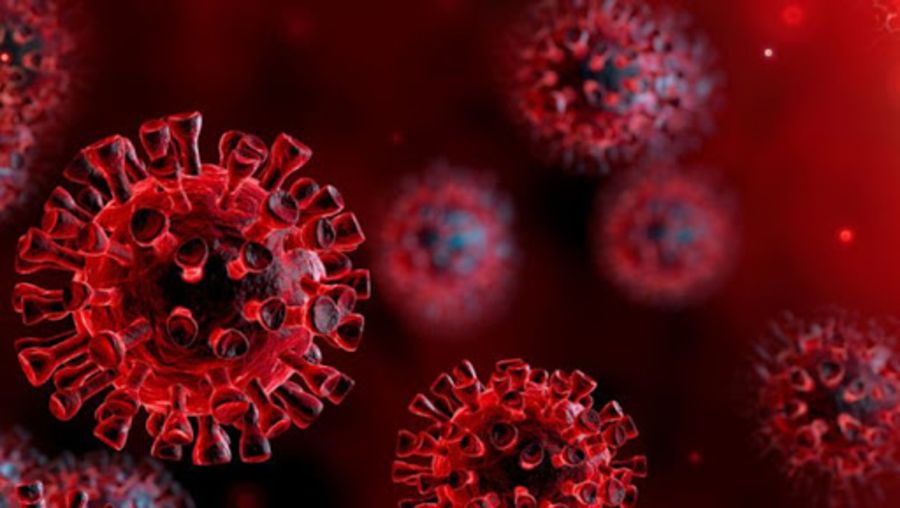
The high rate of spread and lack of immunity, which means the virus will live for about a year or more until the first vaccine or treatment is available.
The novel coronavirus named SARS-CoV-2 was first reported to the World Health Organization (WHO) in December 2019. The first case of this disease was reported in Wuhan, China, and has made its way to every corner of the world. To date, more than 435,900 people have succumbed to the outbreak and the virus has infected around 8,034,461 people across the globe. However, the novel coronavirus has developed many mutations during the rapid spread around the world.
Now, a new study by the research team from the United States’ Scripps Research Institute has found a new mutation named D614G and states that this new mutation may be more infectious than before. The research was published in June 2020 by the institute. The team performed laboratory experiments and revealed that the new mutation in the novel coronavirus circulating in the United States and Europe increases the ability of the virus to infect cells. However, there has been much debate as to why the coronavirus outbreak affected health systems quickly in some parts of the world, while outbreaks in other places can be easily managed.
Moreover, the research published in May 2020 in the preprint server bioRxiv has found 14 mutations to the novel coronavirus. According to the researchers, one out of 14 can be spread more easily and this will help examine mutations to find or track the spread of those individuals who are expected to increase the pathogen of the virus, either increasing its resistance to treatment or making it easier to transmit. According to the experts, there were only D614 mutations in the original outbreak in China. The D614G mutation emerged after the virus started appearing in Europe.






